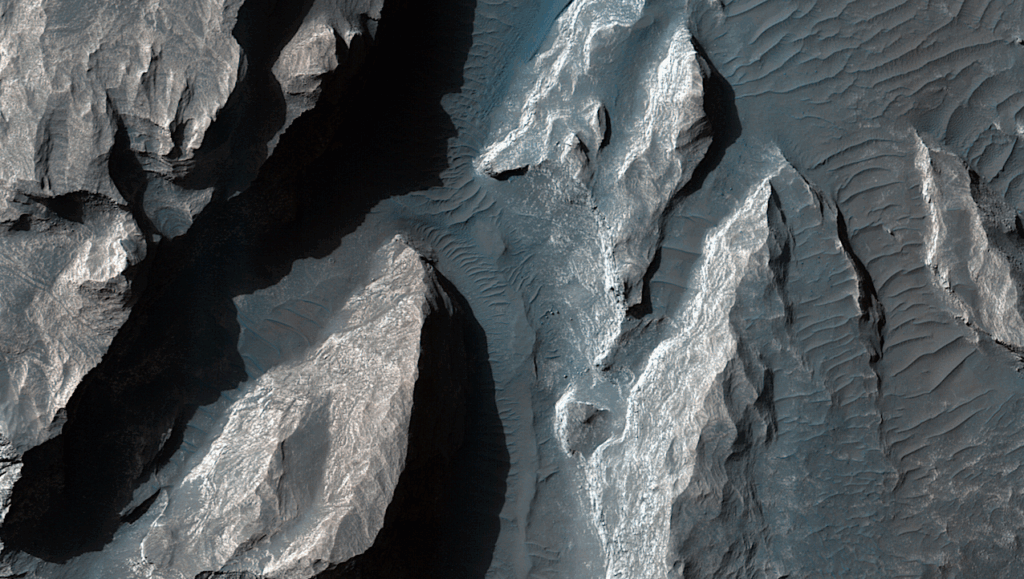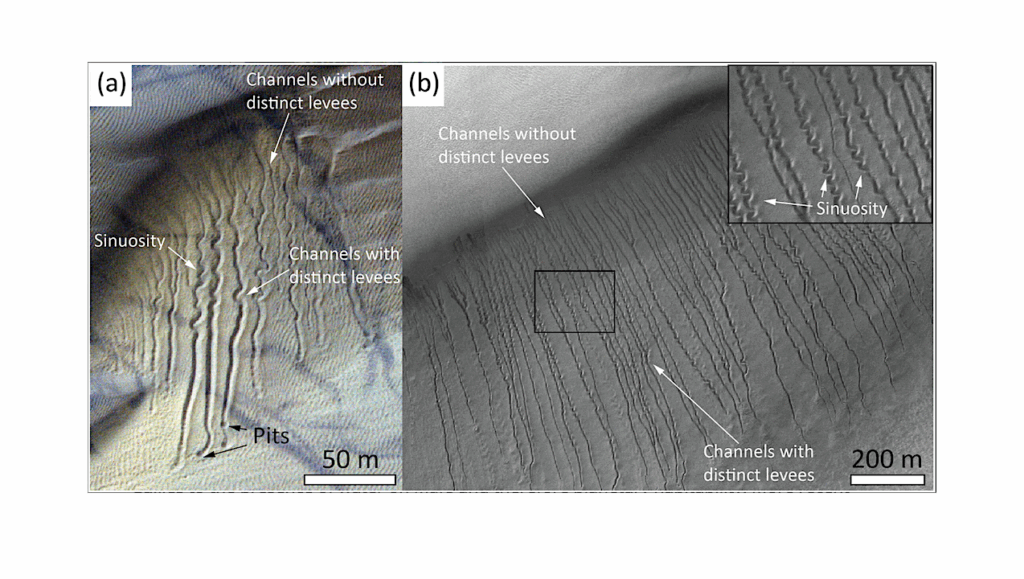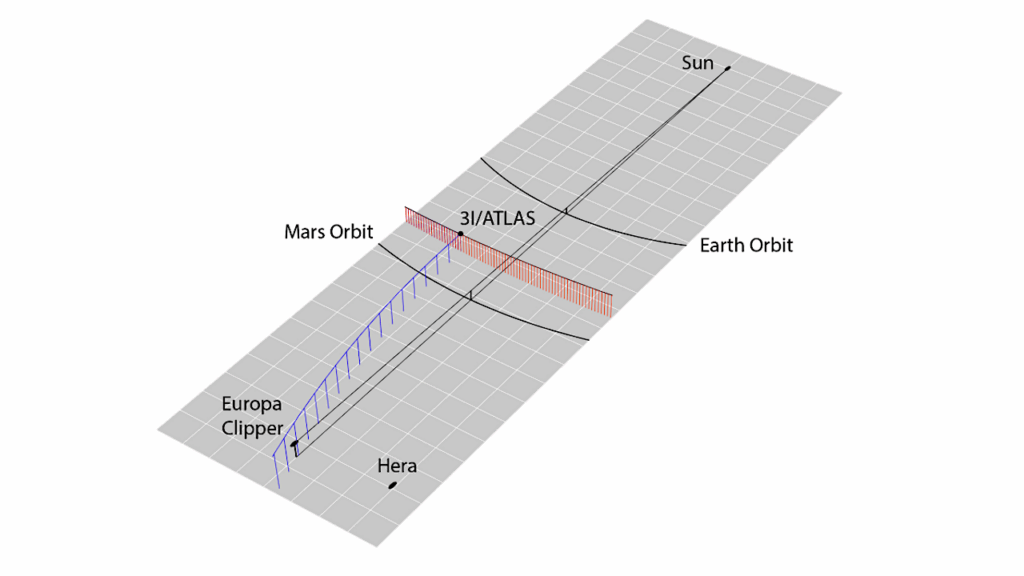Solubility Of Water In Peridotite Liquids And The Prevalence Of Steam Atmospheres On Rocky Planets

Atmospheres are products of time-integrated mass exchange between the surface of a planet and its interior. On Earth and other planetary bodies, magma oceans likely marked significant atmosphere-forming events, during which both steam- and carbon-rich atmospheres may have been generated.
However, the nature of Earth’s early atmosphere, and those around other rocky planets, remains unclear for lack of constraints on the solubility of water in liquids of appropriate composition. Here we determine water solubility in 14 peridotite liquids, representative of Earth’s mantle, synthesised in a laser-heated aerodynamic levitation furnace.
We explore oxygen fugacities (fO2) between -1.9 and +6.0 log units relative to the iron-wüstite buffer at constant temperature (2173±50 K) and total pressure (1 bar). The resulting fH2O ranged from 0 to 0.027 bar and fH2 from 0 to 0.064 bar. Total H2O contents were determined by transmission FTIR spectroscopy from the absorption band at 3550cm−1 and applying the Beer-Lambert law. The mole fraction of water in the liquid is ∝ (fH2O)0.5, attesting to its dissolution as OH. The data are fit by a solubility coefficient of 524±16 ppmw/bar0.5, for a molar absorption coefficient, ϵ3550, of 6.3±0.3 m2/mol in basaltic glasses or 647±25 ppmw/bar0.5, with ϵ3550 = 5.1±0.3m2/mol for peridotitic glasses.
These solubility constants are 10-25 % lower than those for basaltic liquids at 1623 K and 1 bar. Higher temperature lowers water solubility, offsetting the greater depolymerisation of peridotite melts that would otherwise increase H2O solubility relative to basaltic liquids. Because the solubility of water remains high relative to that of CO2, steam atmospheres are rare, although they may form under oxidising conditions on telluric bodies, provided high H/C ratios prevail.
Paolo A. Sossi, Peter M. E. Tollan, James Badro, Dan J. Bower
Comments: 13 pages, 9 figures, 2 tables
Subjects: Earth and Planetary Astrophysics (astro-ph.EP); Geophysics (physics.geo-ph)
Cite as: arXiv:2211.13344 [astro-ph.EP] (or arXiv:2211.13344v1 [astro-ph.EP] for this version)
https://doi.org/10.48550/arXiv.2211.13344
Focus to learn more
Journal reference: Earth and Planetary Science Letters, 601, 117894 (2022)
Related DOI:
https://doi.org/10.1016/j.epsl.2022.117894
Focus to learn more
Submission history
From: Paolo Sossi
[v1] Wed, 23 Nov 2022 23:15:09 UTC (1,058 KB)
https://arxiv.org/abs/2211.13344
Astrobiology, astrogeology,








